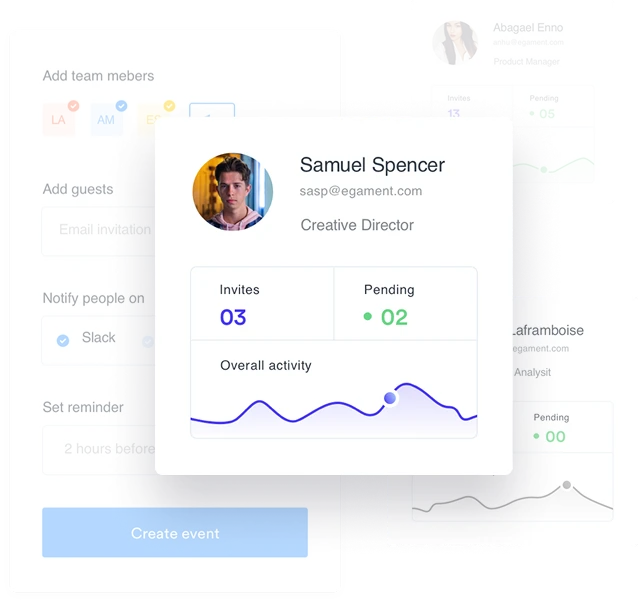According to a report, 33% of students say they are disappointed with student administration systems.
Many students today feel let down by outdated campus administration systems. Such inefficiencies not only frustrate learners but can also erode trust and even lead to higher dropout risks.
In an era where digital convenience is the norm, students expect their academic journey to be as seamless as their everyday apps—from quick enrollment to real-time access to grades and schedules. When institutions fail to deliver this, the student experience suffers.
This is where a modern Student Information System (SIS) makes a difference. Beyond serving as a database, it transforms how institutions manage, communicate, and support students, ensuring smoother interactions and stronger engagement at every stage of the academic lifecycle.
Higher education is moving away from institution-centric processes and focusing instead on the student journey. Modern learners are digital natives, accustomed to real-time communication, personalized recommendations, and mobile-first experiences. If universities fail to deliver on these expectations, student satisfaction and retention can suffer.
A modern SIS helps bridge this gap by providing:
By putting students at the center, institutions not only improve outcomes but also strengthen long-term relationships with learners.
Traditionally, admissions involve endless forms, long queues, and unclear communication. A modern student management system automates this process—students can apply online, upload documents, track application status, and receive instant notifications. Institutions benefit from faster processing and higher conversion rates.
Also read: To learn the secret of how admissions are simplified:
https://www.academiaerp.com/blog/simplifying-admissions-how-sis-reduces-enrollment-friction/
Once enrolled, students expect guidance in choosing courses and planning their academic journey. A robust student management system uses analytics to recommend courses, prevent scheduling conflicts, and even flag early signs of academic struggle.
This fosters personalized support, ensuring no student is left behind.
Grade tracking, exam schedules, and attendance records often create frustration when handled manually. With an SIS, students can view progress in real time, while faculty can provide timely feedback. Transparency reduces confusion and builds trust between students and the institution.
Beyond academics, students interact with multiple touchpoints—hostel services, fee payments, placements, and alumni networks. A comprehensive academic ERP centralizes these, creating a connected campus experience where students feel supported at every step.
Today’s students expect engagement that mirrors the digital world they live in. A modern SIS supports this by:
This not only improves satisfaction but also strengthens retention rates—an essential factor in institutional success.
While the student experience is the focus, institutions benefit equally. By reducing manual work, administrators can redirect energy toward academic innovation and student support. Moreover, data centralization empowers leadership with insights for policy-making, accreditation, and global competitiveness.
For instance, UNESCO highlights that data-driven decision-making in education significantly improves both student outcomes and institutional performance. A modern SIS makes this data not only accessible but actionable.
Also Read:
https://www.academiaerp.com/blog/7-powerful-ways-an-sis-boosts-university-efficiency/
Student expectations are evolving rapidly, and higher education must evolve with them. A modern Student Information System transforms the student experience by simplifying admissions, personalizing learning, improving transparency, and creating a connected digital campus. For institutions, it means less paperwork, more efficiency, and data that drives smarter decisions.
In today’s competitive landscape, delivering a seamless student experience is not optional—it’s essential.
Ready to reimagine student experience at your institution? Book a Demo with our experts today and explore how our Academia SIS can help you build a truly student-centric campus.
Tap on the link below-
https://www.academiaerp.com/contact/

Experience Academia – Your partner in transforming campus operations, a trusted all-in-one ERP/SIS solution.
Get the latest insights, trends, and updates delivered straight to your inbox!
